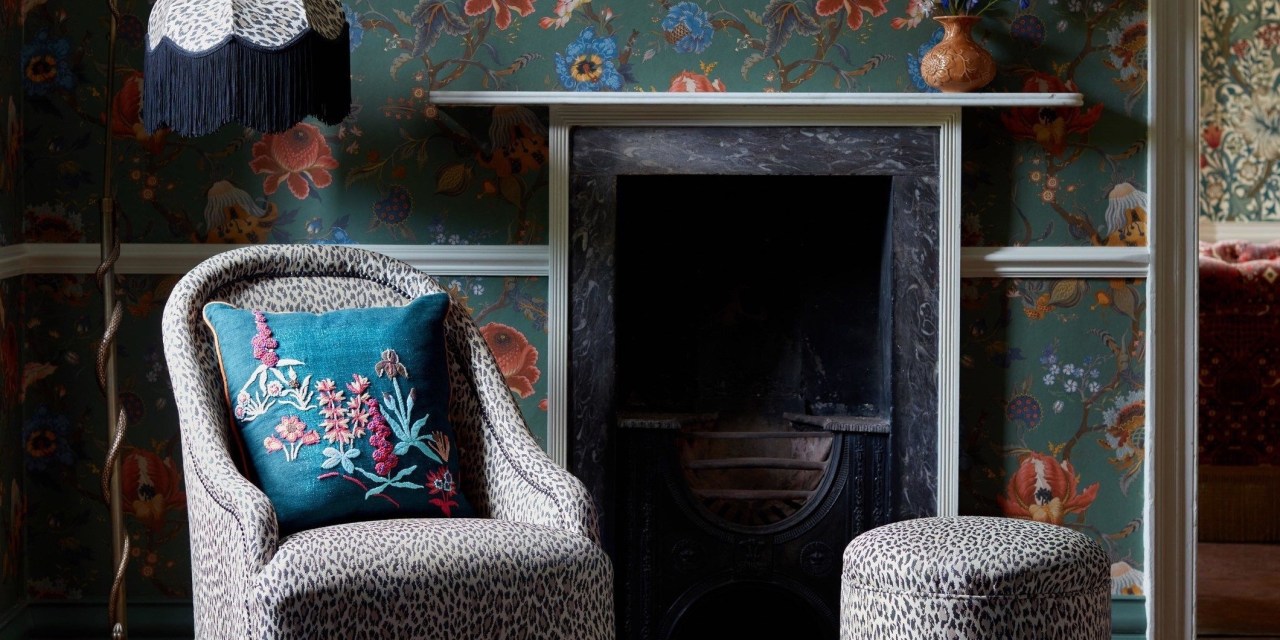Urban Outfitters Inc. reports record third quarter sales as namesake brand struggles

Urban Outfitters Inc. is continuing to see a split in demand for its core businesses.
The parent company — which oversees Anthropologie, Free People and Urban Outfitters — reported record net sales for the third quarter but a big gap in its brands’ performance. Year over year, net sales increased 13% at Anthropologie and 8% at Free People, but decreased 9% at Urban Outfitters. While grouped under the same umbrella, Urban Outfitters Inc.’s subsidiaries appeal to different audiences with different amounts of discretionary income — a gap that’s becoming more pronounced as inflation drives prices upwards.
Total net sales this last quarter reached $1.18 billion, a 3.9% rise from the third quarter of 2021. The company’s net income was $37.2 million. “We are pleased to announce record Q3 sales fueled by strong comps at the Anthropologie and Free People brands,” CEO Richard Hayne said in a statement. “As we approach the all-important Black Friday/Cyber Monday weekend, we are encouraged by sales quarter-to-date.”
This time last year, Urban Outfitters Inc. enjoyed considerable growth as customers, flush with stimulus money, flocked to stores. Last year, the company posted $1.13 billion in net sales for the quarter ending Oct. 31. Net sales increased a whopping 55% at Free People, 9% at Anthropologie and 7% at Urban Outfitters.
While the company’s net sales have increased since then, today’s environment is different, and customers are evaluating their budgets more closely. Speaking to Modern Retail’s sister publication Glossy in August, Hayne acknowledged that “customer shopping behavior at our brands has bifurcated, with affluence being the differentiator.” At the time, he said that “if the current macroeconomic situation doesn’t deteriorate further, we believe the customer bifurcation will continue through the entire second half.”
During the second quarter, comparable retail segment net sales increased 8% at Free People and 7% at Anthropologie and decreased 9% at Urban Outfitters.
Compared to Urban Outfitters, Free People and Anthropologie target older shoppers with more disposable income. It’s not uncommon for Free People and Anthropologie to sell clothes and shoes for $200 or $300, while the latter has also been increasingly dipping into high-end home goods. Urban Outfitters, by contrast, targets young adults looking for clothing and accessories usually in the $25 to $100 range.
Ad position: web_incontent_pos1
Gabriella Santaniello, founder and CEO at consulting firm A Line Partners, said that as inflation continues to rise, “unfortunately their [Urban Outfitters’] price points have just been prohibitive,” for the brands’ core demographic, teenagers. Urban Outfitters’ popularity among Gen Z has also fallen, according to some surveys, as they’ve been overtaken by fast-fashion retailers like Zara and Shein.
Urban Outfitters Inc. — like other brands saddled with excess inventory — has turned to promotions for the past several months to get rid of some items. As of Oct. 31, 2022, total inventory across its brands increased by $116.5 million, or 18.6%, year-over-year. Notably, Urban Outfitters Inc.’s gross profit rate decreased year-on-year. This was “primarily due to higher markdowns at all three brands, as compared to record low markdown rates in the comparable prior year period,” the company said on Monday.
Recently, the promotions have helped “a little bit” for Urban Outfitters Inc.’s core business, Santaniello told Modern Retail, but she believes younger customers are going to Urban Outfitters stores more “for style advice.”
“Certainly, they have hot items that have gone viral and sell out and do very well, like their corset tops,” she said. “But there’s have-to-have-it styles and then I think the kids will look elsewhere.”
Across the board, teen-centered brands are in a bit of a tight spot at the moment, she added. “I think it’s going to be a little bit more difficult for the teen space to stay afloat this holiday season without any aggressive promotional activity,” Santaniello said. “And it’s going to be highly competitive.”

